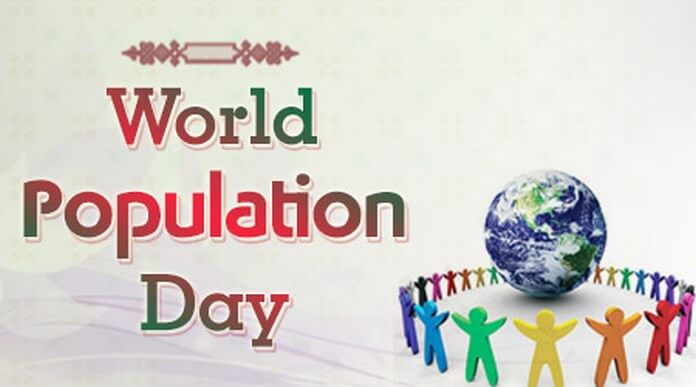The 2021 World Population Day is yet another global opportunity to dissect some social-health challenges confronting the human population. The event, which began as modest social advocacy, has matured into a global call, deliberating on pertinent topics each year.
The main aim of observing a special day on world population is to throw light on the issues that may arise on planet earth with the constant rise in population. It is to spread awareness that, if we burden the earth with too many people, it can harm the environment.
World Population Day is also observed to spread awareness about family planning, gender equality, human rights, poverty, maternal health, and health issues that childbearing women face around the world. The day, as is sparsely misconstrued in certain contexts, does not preach negative influence on population decline like voluntary deaths and demeaning laws that target population cuts. World Population Day examines obtainable population data, their effects on human lives and the long-term danger to the globe.
The 2021 World Population Day has adopted a closely-knitted theme: “Rights and Choices are the answer: Whether baby boom or bust, the solution to shifting fertility rates lies in prioritizing the reproductive health and rights of all people.” According to the latest estimates by the United Nations, the present world population stands at over seven point nine billion.
The population may have increased because almost every minute, there is a baby born somewhere in the world. Yet as per the United Nations estimates, world population is anticipated to reach eight billion by 2023, nine billion by 2037, and a whopping ten billion by 2057. These scary figures tell different narratives to different worldviews, however, analysts fear that with the global population rising at such trajectory, the issues of gender-based violence and some harmful cultural practices that stigmatize women and girls would continue to find dominance in the human society.
The United Nations data indicates that the COVID-19 pandemic has compromised health care systems, particularly in the area of sexual and reproductive health. It also exposed and exacerbated gender-based inequities: gender-based violence increased under lockdown, as did the risk of child marriage and female genital mutilation as programmes to abolish the harmful practices were disrupted.
Significant numbers of women left the labour force – their often low-paying jobs were eliminated or care giving responsibilities for children learning remotely or for homebound older people increased – destabilizing their finances, not just for now but in the long run.
Against this backdrop, many countries are expressing growing concern over changing fertility rates. Historically, alarmism over fertility rates has led to abrogation of human rights.
The United Nations Population Fund, UNFPA, advises against reactionary policy responses, which can be extremely harmful if they violate rights, health and choices. The agency emphasizes that women must be empowered educationally, economically and politically to exercise choice over their bodies and fertility.
Therefore, as the world continues to battle the realities of population growth, attention must be given to creating an environment that does not just protect women and girls, but also ensures that population growth is trimmed in the right pattern, without ruining global count. While more education-based awareness on relevant social issues must continue to be created, especially at the grassroots, the general society must also rise to the task of safeguarding the planet that we live in as the home that we have.





Comments are closed for this post.